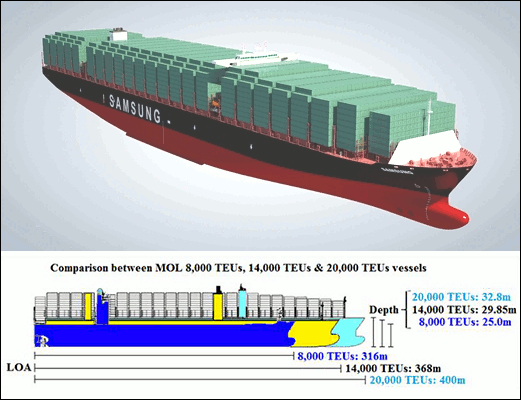SHIPPERS planning to use air freight should take the time to study load factors, which reveal a tipping point for rate changes, a reading of Clive Data Services numbers suggests.
'A small imbalance on supply and demand can have a large impact,' said Clive Data Services managing director Niall van de Wouw, reports London's Loadstar.
'There is a tipping point at around 80 per cent, which creates a different dynamic and changes the negotiation. It's the point at which the market can shift from a buyers' to a sellers' market, or vice versa if utilisation is falling,' said Clive Data Services managing director Niall van de Wouw.
Speaking to an IAG Cargo webinar, he said: 'It is very relevant to look at how full flights are, the change has a non-linear impact on rates. Of course rates go up when flights are fuller, but the 80 per cent mark is a good indicator for spotting a change in the market, as it has an acute impact on spot rates.'
Research from Clive Data Services, which uniquely calculates dynamic load factors based on volume and weight, shows that when aircraft utilisation rises to around 80 per cent, rates jump, while they drop a similar amount when load factors fall below that.
Weeks 21 to 24 show load factors out of western Europe to JFK, for example, rose 22 percentage points over the same weeks in 2019, to 85 per cent; the corresponding spot rate rise was 250 per cent. But a 28pp rise in load factors from JFK to 67 per cent, only saw corresponding rates rise 70 per cent.
'If you have tradelanes which are hovering around the tipping point, it could determine whether you want a long or short contract. It changes the rules of the game, and it changes the conversation between airlines, forwarders and shippers,' said Mr van de Wouw.
SeaNews Turkey
'A small imbalance on supply and demand can have a large impact,' said Clive Data Services managing director Niall van de Wouw, reports London's Loadstar.
'There is a tipping point at around 80 per cent, which creates a different dynamic and changes the negotiation. It's the point at which the market can shift from a buyers' to a sellers' market, or vice versa if utilisation is falling,' said Clive Data Services managing director Niall van de Wouw.
Speaking to an IAG Cargo webinar, he said: 'It is very relevant to look at how full flights are, the change has a non-linear impact on rates. Of course rates go up when flights are fuller, but the 80 per cent mark is a good indicator for spotting a change in the market, as it has an acute impact on spot rates.'
Research from Clive Data Services, which uniquely calculates dynamic load factors based on volume and weight, shows that when aircraft utilisation rises to around 80 per cent, rates jump, while they drop a similar amount when load factors fall below that.
Weeks 21 to 24 show load factors out of western Europe to JFK, for example, rose 22 percentage points over the same weeks in 2019, to 85 per cent; the corresponding spot rate rise was 250 per cent. But a 28pp rise in load factors from JFK to 67 per cent, only saw corresponding rates rise 70 per cent.
'If you have tradelanes which are hovering around the tipping point, it could determine whether you want a long or short contract. It changes the rules of the game, and it changes the conversation between airlines, forwarders and shippers,' said Mr van de Wouw.
SeaNews Turkey










